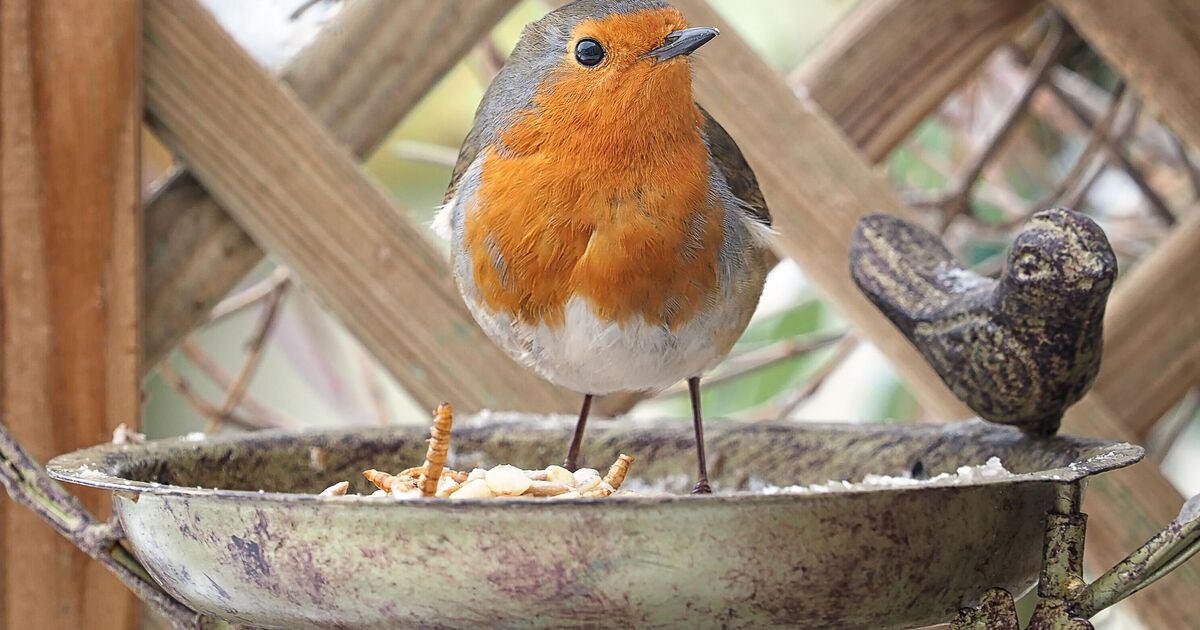
Gardeners urged to pull up 8 plants that are actually weeds
Published: 2025-06-30 12:24:12 | Views: 16

If the summer heat has you aching to get in the garden, now is the perfect time to double-check your plants. Some of those gorgeous flowers that have been growing so well might actually be harming your garden - these common weeds are hard to spot and can cause havoc if left to spread.
Gardening expert Harry Bodell at PriceYourJob.co.uk has created the ultimate guide to how to identify, prevent and remove some of the UK’s most common weeds.
Chickweed
One of the UK’s most common weeds is chickweed. The plants have small white flowers and can grow around 5-7cm high. These weeds set seed incredibly quickly and spread vigorously, so it is important to pull them up when the plants are young.
They love the damp soil of spring and autumn, so keep an eye on any areas of your garden with poor drainage and cut your grass regularly to keep it from making a home in your lawn.
Don't miss... The common breakfast drink that could be harming your gut - not coffee
Our community members are treated to special offers, promotions, and adverts from us and our partners. You can check out at any time. Read our Privacy Policy

Fat Hen
Another common weed is ‘fat-hen’, also known by it’s more scientific name of chenopodium album.
This fast-growing annual plant which, though cultivated in some regions, is usually considered a weed. Its broad leaves and green-white flowers are easily recognisable and you might find it growing in your vegetable garden or compost heap as it loves rich soil.
To effectively remove this weed and prevent further growth, hoe or pull up the seedlings before they grow into large plants.
Fat hen seeds can lie dormant in the soil for up to 20 years, so it is important to stay on top of the issue and keep checking for new seedlings.
Groundsel
This common annual weed thrives on rough and cultivated ground. You can find clusters of small yellow flowers appearing on the edges of roads, in gardens, and on waste ground all throughout the year.
These weeds can grow quite tall, with flowers that look like small dandelion heads and one small plant can set hundreds of seeds which are dispersed by the wind.
Groundsel likes dry, shady areas, so it is important to check around your larger plants and vegetables, such as parsnips and cabbage.

Couch Grass
Also known by its other names, twitch or scutch grass, this plant just looks like a messy tuft of grass, but beneath the surface is a complex network of tough roots which can quickly take over a border or flower bed.
These powerful roots will tangle around the roots of shrubs and perennials if not removed. It spreads quickly once established, and plants come into growth in early spring, allowing it a head start on many other garden plants.
The good news is that couch grass isn't deep-rooted, and seedlings or new plants are easily removed if spotted early.
Remove it gently with a fork to ensure that you have got all of the roots out and to avoid damage to any surrounding plants which may be tangled.
Goosegrass
Goosegrass, also known as sticky weed or cleavers, is a tall, messy-looking weed that can very quickly take over a flower bed, sticking to other plants and to your clothes – this is how it spreads its seeds.
This summer, annual grass forms a low-growing rosette with pronounced white-coloured leaf sheaths and can be very troublesome in turfs that are mowed short.
To remove this irritating weed for good,pull it out of the ground by hand or remove it using a small trowel when the soil is damp, such as after rainfall. Be sure to remove the roots as well as the leaves and stems to prevent the weed from growing again.

Dandelions
Dandelions are a very common weed, known for their yellow flowerheads packed with petals. They are also best kept under control in borders and flower beds as they could swamp or outcompete small or young plants that are being purposefully grown there.
The best way to get rid of dandelions is by hand digging, ensuring that you dig deep and remove the entire tap root.
It is a good idea to leave them for the bees until the yellow flower heads die off, then remove the plants before they set seed, checking every week for any re-emerging plants.
Hairy Bittercress
Hairy bittercress (Cardamine hirsute) is a winter or summer annual weed. This weedy mustard is common in nurseries, container plants, turf, irrigated crops, and moist, disturbed areas. Because this weed is tiny, it can hide beneath other plants and be quite hard to spot, and easy to miss.
Pulling out the weed usually leaves the root behind, allowing for re-sprouting, so it is best to use a long, slim tool to dig down and around the taproot to remove all plant material from the ground.
Prickly Milk Thistle
Also known as sow thistle, this tall stemmed weed can be identified by its pale yellow flowers.
Milk thistle loves the dry, shaded areas of your garden and can hide behind other tall plants, so regular monitoring is key when it comes to combatting this weed.
Source link





